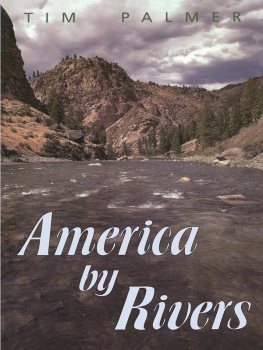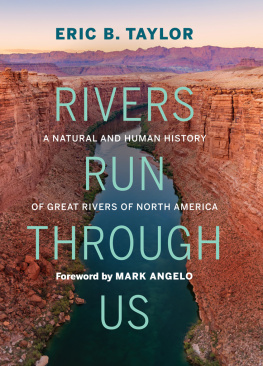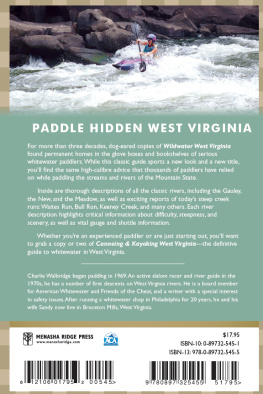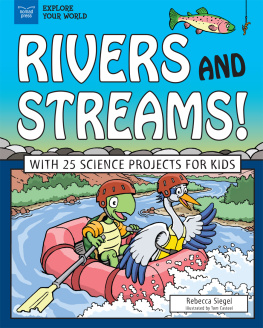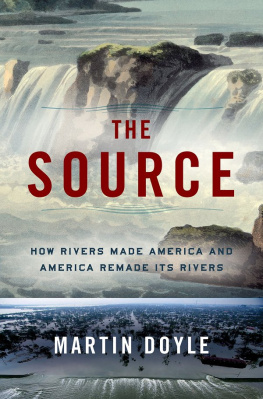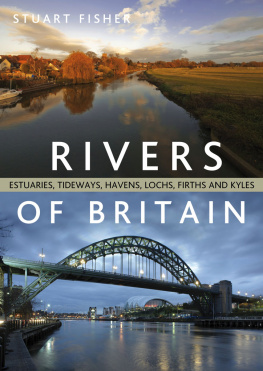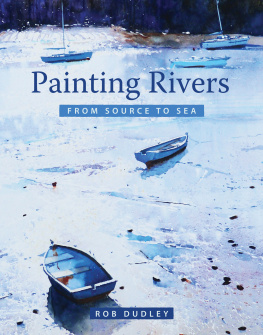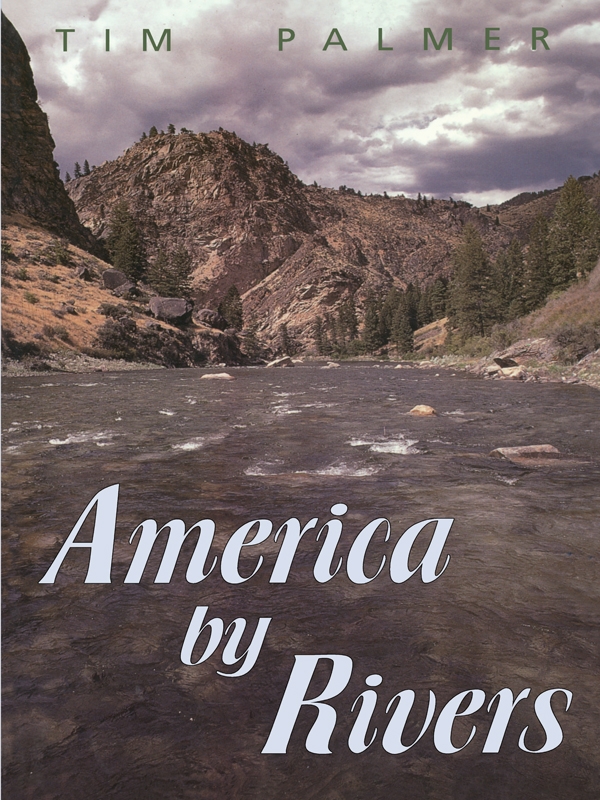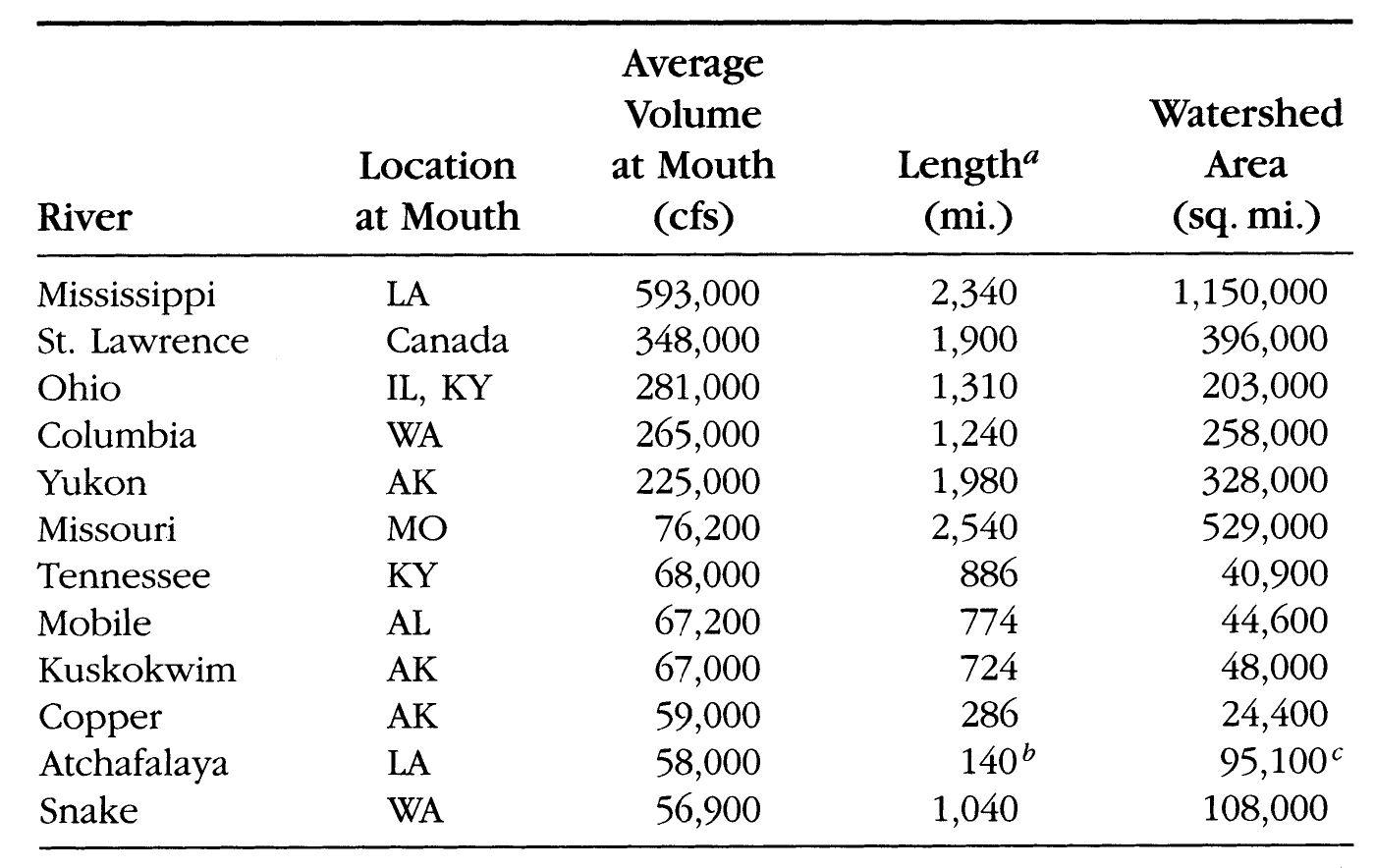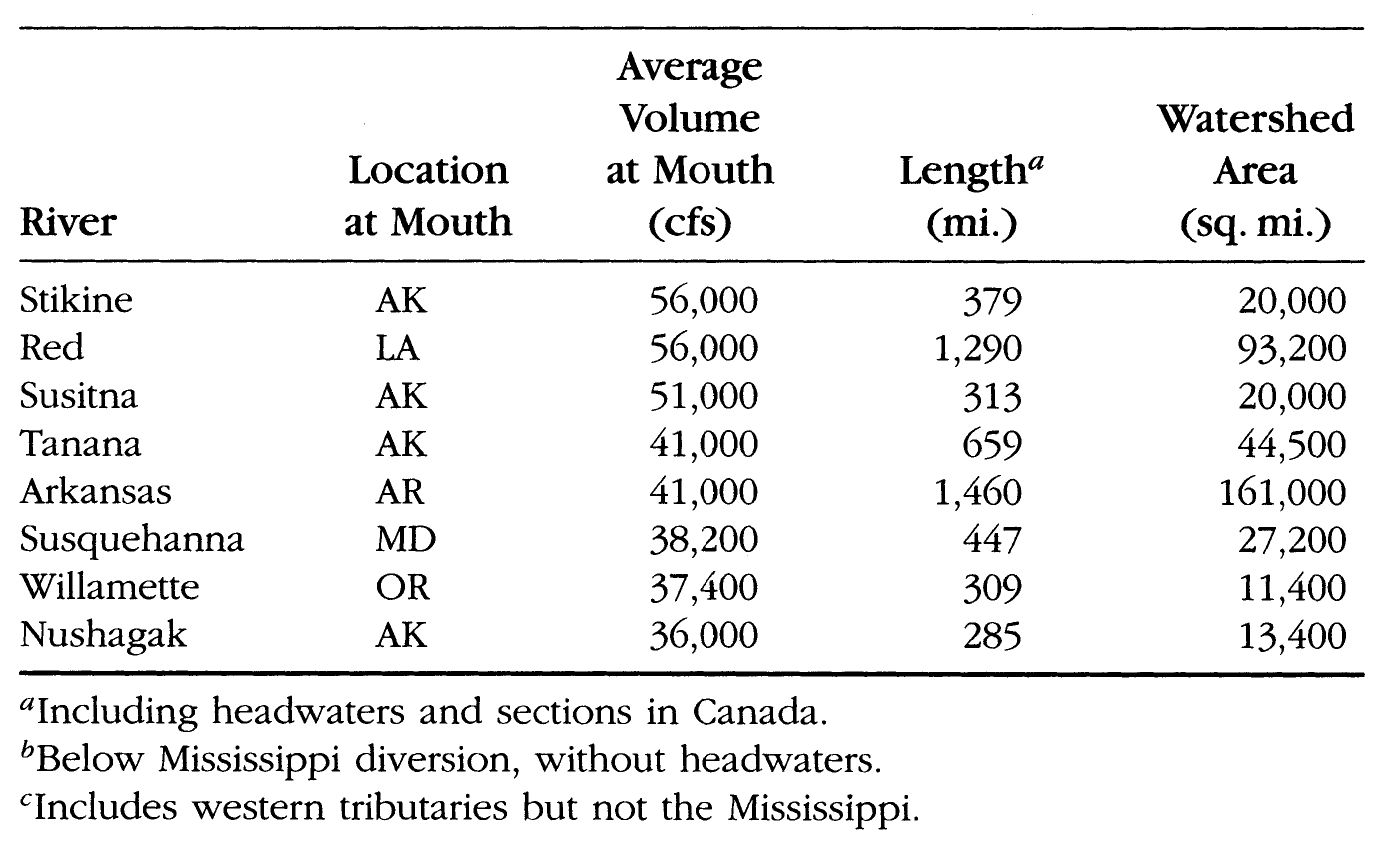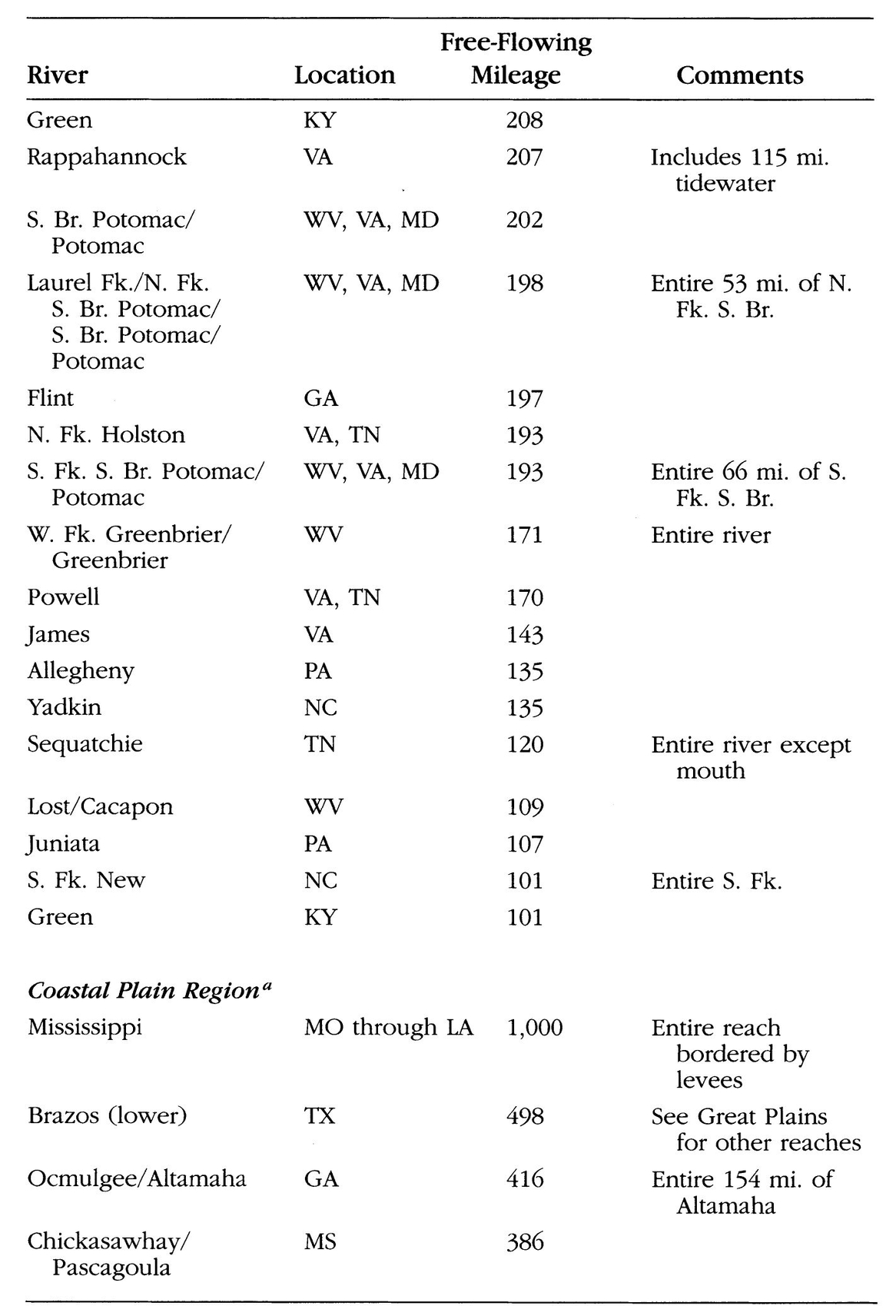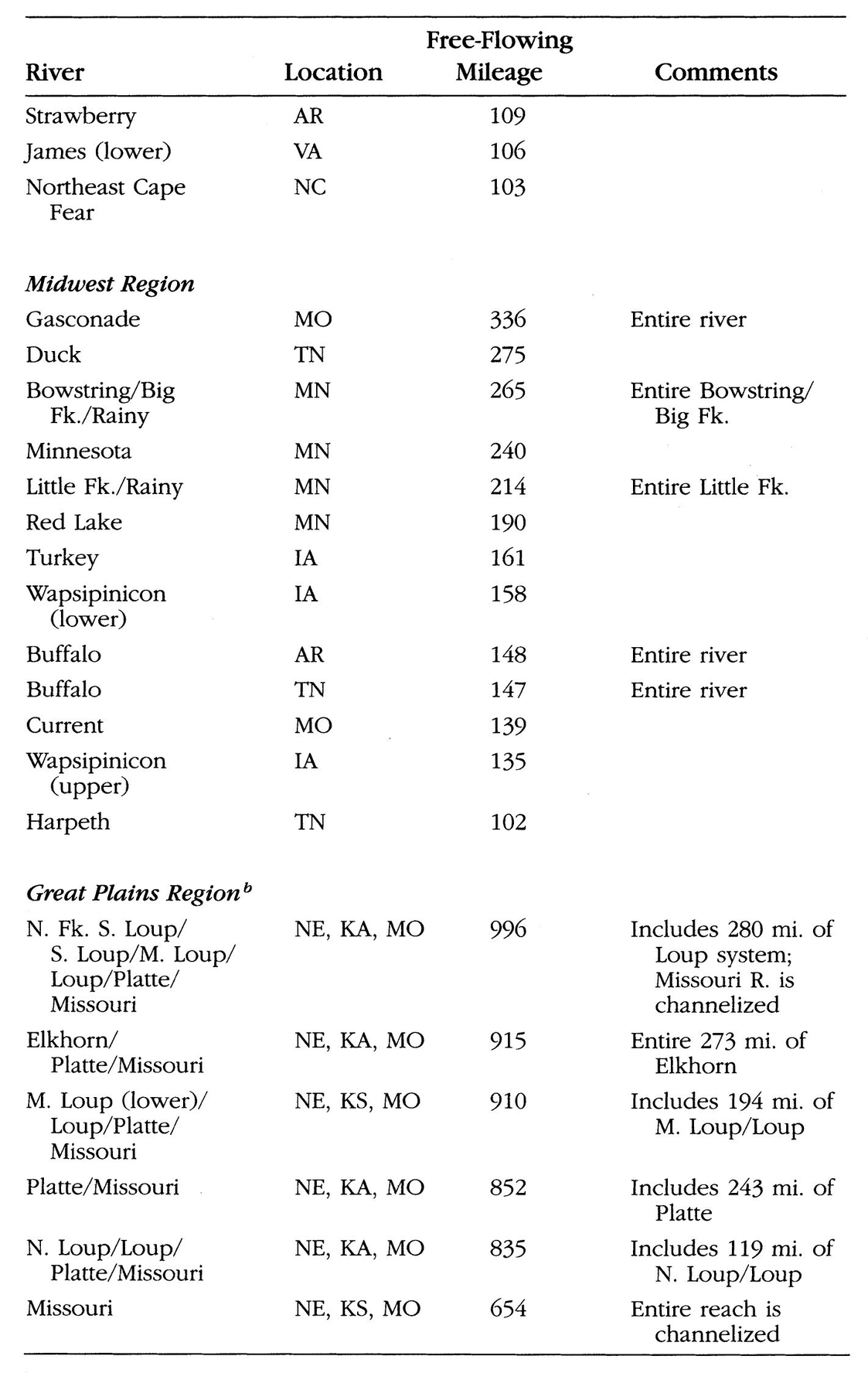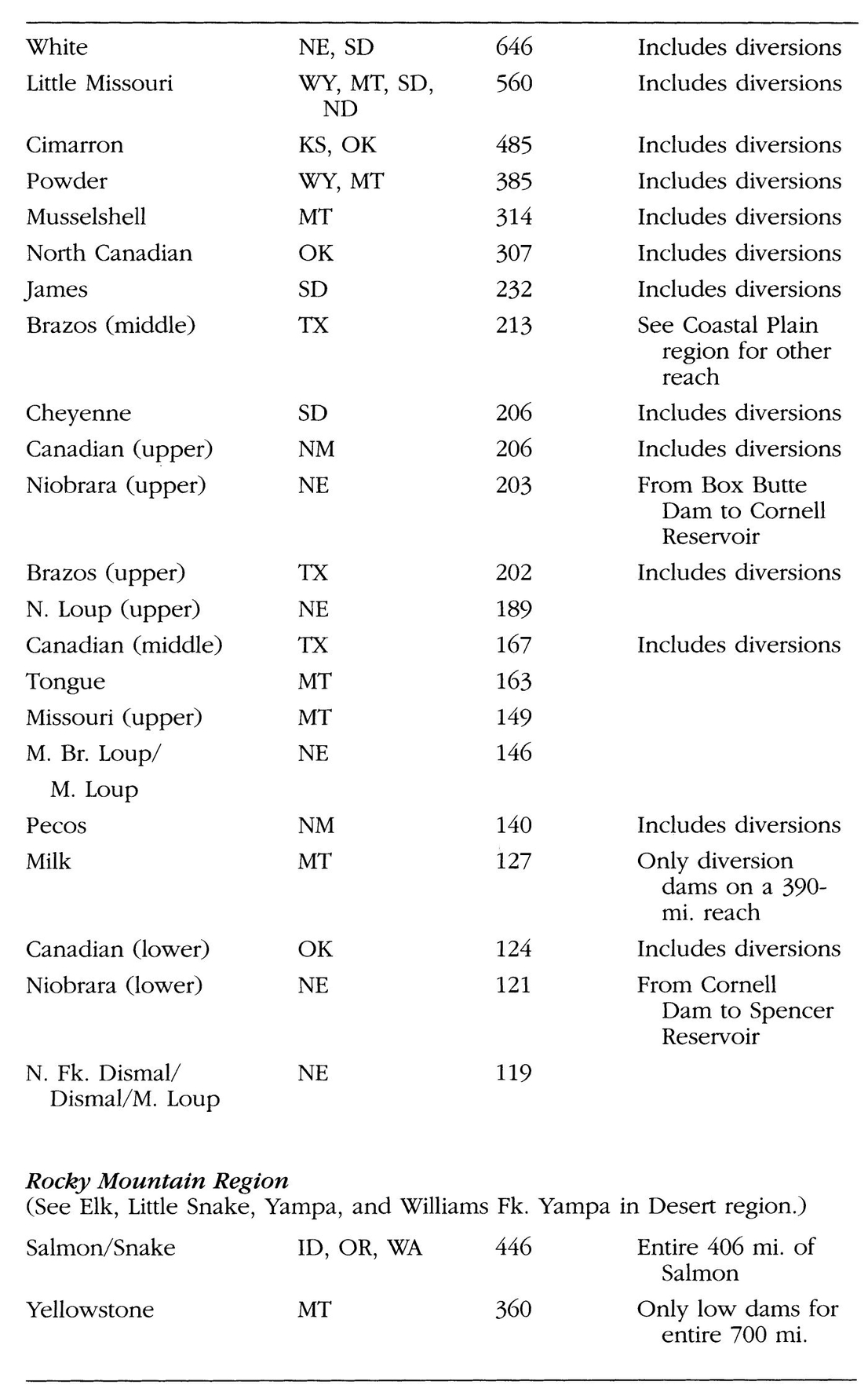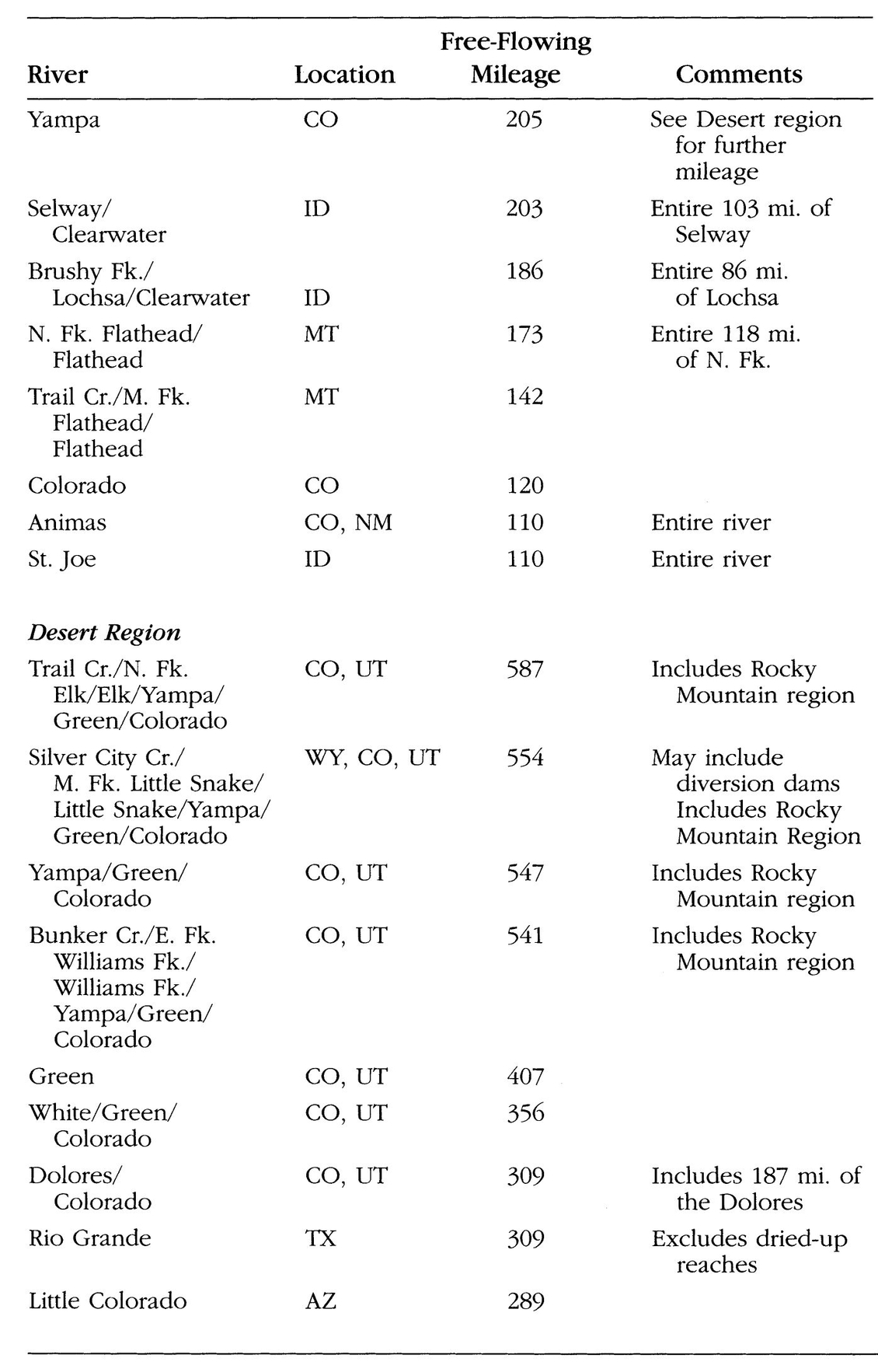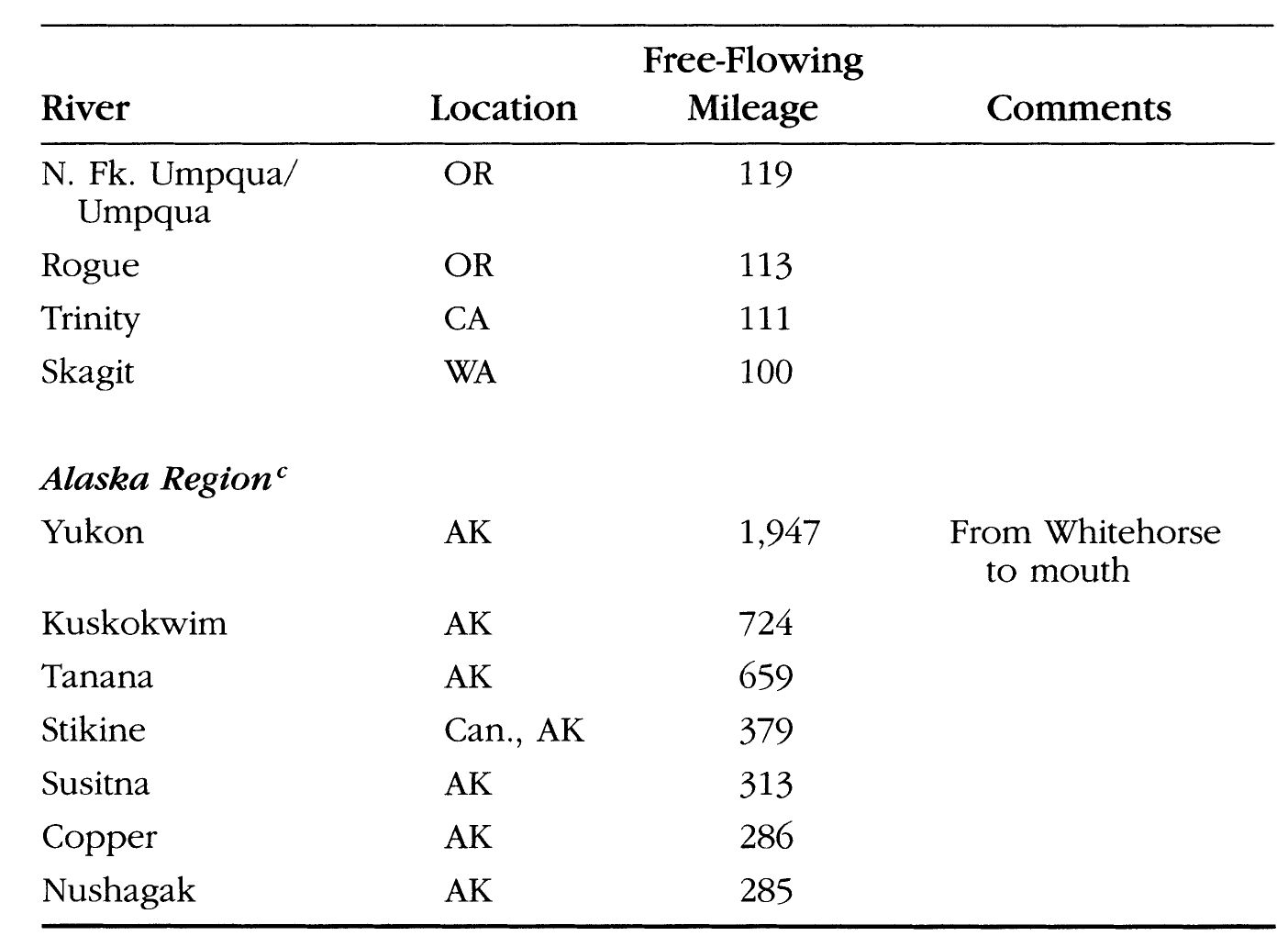Acknowledgments
America by Rivers benefited from the help of many people. My wife, Ann Vileisis, has been a constant companion since 1992, providing not only wonderful company throughout the journeys on water but also a storehouse of bright ideas, a passion for rivers, and helpful critiques stemming from her background studying environmental history and leading educational river trips. My fieldwork in the East dovetailed well with Anns as she researched From Wastelands to Wetlands, a history of wetlands in America, to be published in 1997.
Im a fortunate writer in having not only a supportive wife but also a supportive publisher. Editor Barbara Dean and the entire staff of Island Press have been excellent working partners in the development of America by Rivers. Bill LaDue and Christine McGowan led the book through production, and Pat Harris copyedited the manuscript with great care and exceptionally fine judgment.
The Compton Foundation provided important financial assistance as I worked full-time on the book for two years. Backing important groups nationwide, Jim Compton stands as one of the great heroes of river protection today. American Rivers, the nations principal river conservation group, helped through administration of the grant. In 1990, Yvon Chouinard of Patagonia also contributed by paying for my new van, essential to my work and nomadic lifestyle.
Principal among my guides to the rivers of America have been the DeLorme atlases, available for twenty-five states at last count. Essential tools to my travel, these volumes are better than gold to anyone on the road, the river, or the trail. The DeLorme Mapping company of Freeport, Maine, graciously provided review copies of their atlases for my use. Payson Kennedy of the Nantahala Outdoor Center generously raided his bookstore to send me a box of guides to rivers of the Southeast.
My family helped with moral support and nuts-and-bolts assistance. My mother, Jane May, and her husband, Chuck, forwarded mail, messages, and confidence. My sisters, Becky Schmitz and Brenda Murray, provided space for storage of my books, files, photographs, and tools while I remained in the field. My brother, Jim Palmeras fine a river companion as I can imaginehas joined me on rivers for years. Continuing a pattern of comforting security that goes back a long time, Jim has towed me ashore more than once and, Im sure, will continue to do so.
I have not desired much in terms of living space, but for winter shelter in a place conducive to writing, I can think of no better base than the Teton Science School in Grand Teton National Park, Wyoming. As in my other recent books, I again thank Jack Shea and the staff of that excellent school for providing a cabin for Ann and me in the snowy months. It was a pleasure for us to offer a writing seminar to the graduate students at the school in the winter of 19941995 while we crafted our books. The Colorado Outward Bound School in Jensen, Utah, where Ann leads whitewater courses in the summer, also provided room and support. Julie Holding of Jackson, Wyoming, showed great generosity in sharing her home with Ann and me, and Beth Jacobi offered similar hospitality at her home in Portland, Oregon. Jamie and Florence Williams in Steamboat Springs, Colorado, provided a parking spot for our van, and we offer special thanks to Margo and Alan Hunt. More important, these people all provided close friendship.
For reading the full manuscript and suggesting improvementsa substantial gift of timeI thank Ann Vileisis; geography professors John Harper and Ben Bennion of Humboldt State University, who offered their professional expertise; Kevin Coyle and Peter Lavigne of River Network; and Mike Fremont of Rivers Unlimited. For their reading of individual chapters I appreciate the time and insight of Ken Cline, Tammis Coffin, John Kauffmann, Drew Parkin, Don Shields, Jim Cummins, Lloyd Baldwin, Barry Beasley, Arthur Benke, Suzi Wilkins, Jack Griffith, Jamie Williams, Steve Harris, Mark DuBois, David Boiling, Doug Finlayson, Doug North, and Jack Hession. Bruce Thompson took my map drawings and applied skill and care on his computer to make them camera-ready. Mark Anderman and the staff of Terry Wild Studios printed the photos. The base map for Rivers of the United States and for the ten regional maps is the Landform Outline Map of the United States by Erwin Raisza classic in American cartography.
Scores of people granted interviews for this book and shared information, perspectives, and stories; some of them appear on the pages that follow. My thanks go to all for their time and their commitment to homelands along rivers, with special thanks to Rebecca Wodder of American Rivers. Geographer Peirce Lewis of The Pennsylvania State University extended help with his knowledge of sources regarding his science. Jim McClure provided good suggestions for the maps and, years ago, inspired me to travel on rivers with observant eyes and an open mind.
Also by Tim Palmer
Lifelines: The Case for River Conservation
Yosemite: The Promise of Wildness
The Wild and Scenic Rivers of America
Californias Threatened Environment: Restoring the Dream
The Snake River: Window to the West
The Sierra Nevada: A Mountain Journey
Endangered Rivers and the Conservation Movement
Youghiogheny: Appalachian River
Stanislaus: The Struggle for a River
Rivers of Pennsylvania
Appendix 1
The Largest Rivers in America
Source: U.S. Geological Survey, Water Fact Sheet: Largest Rivers in the United States (Reston, Va.: U.S. Geological Survey, 1990).
Appendix 2
Long, Undammed Sections of Rivers
a Many reaches in the Coastal Plain region are tidal, making dams unfeasible.
b Many of these reaches are undammed because of diversions and inadequate flows.
c Many other rivers and river combinations in Alaska are 100 to 1,000 miles long.

